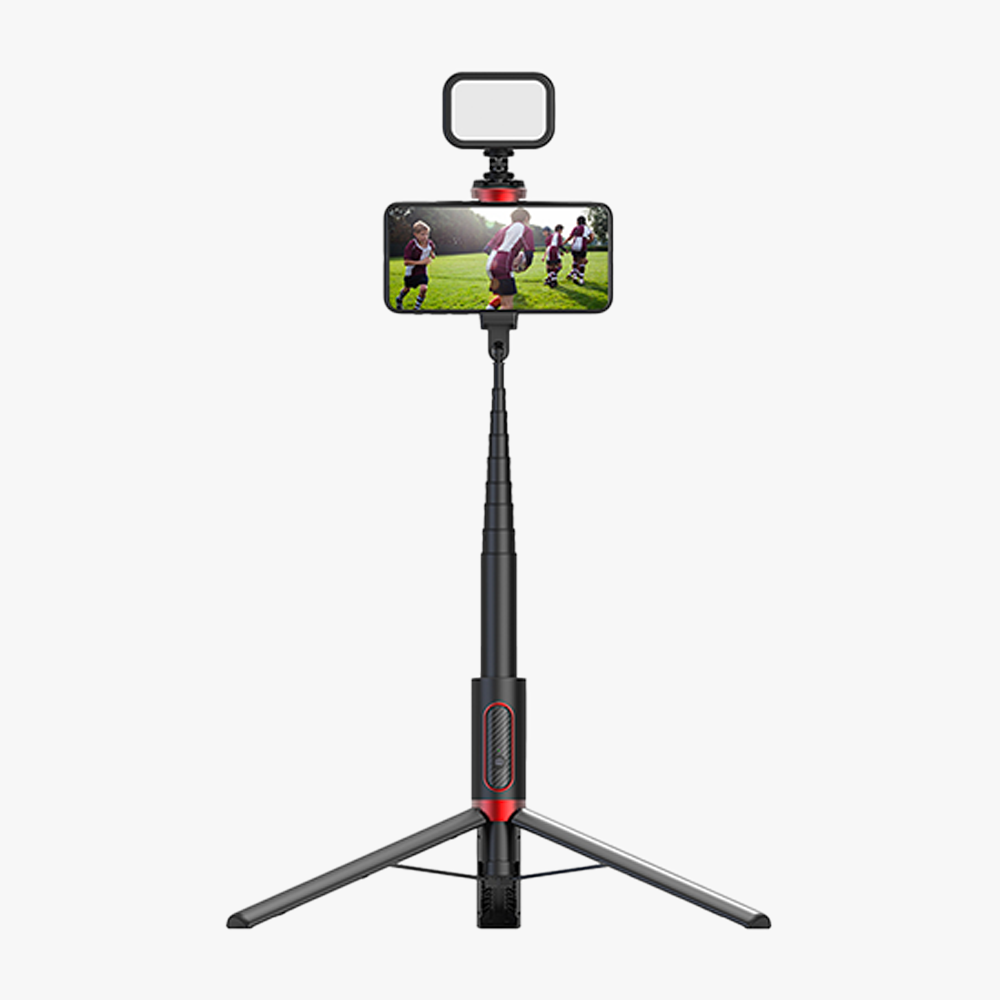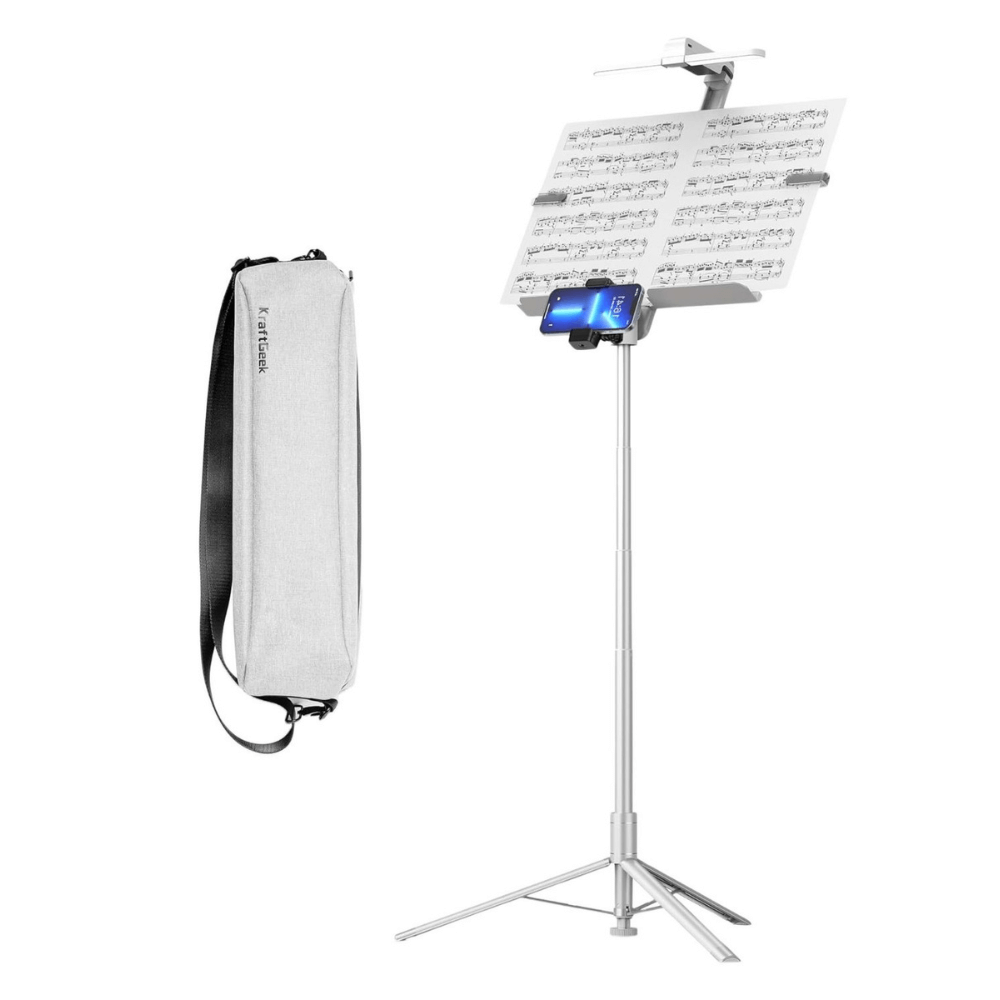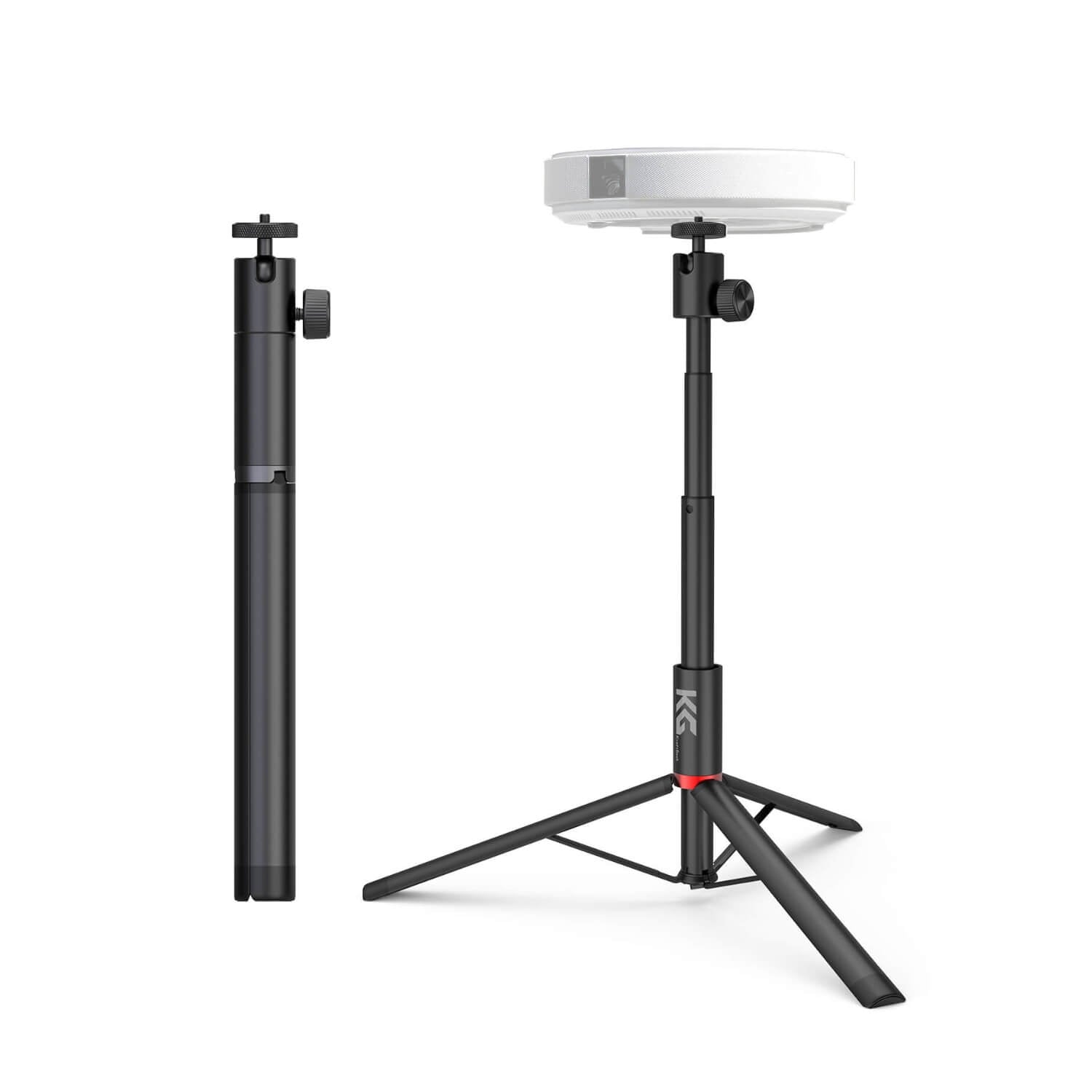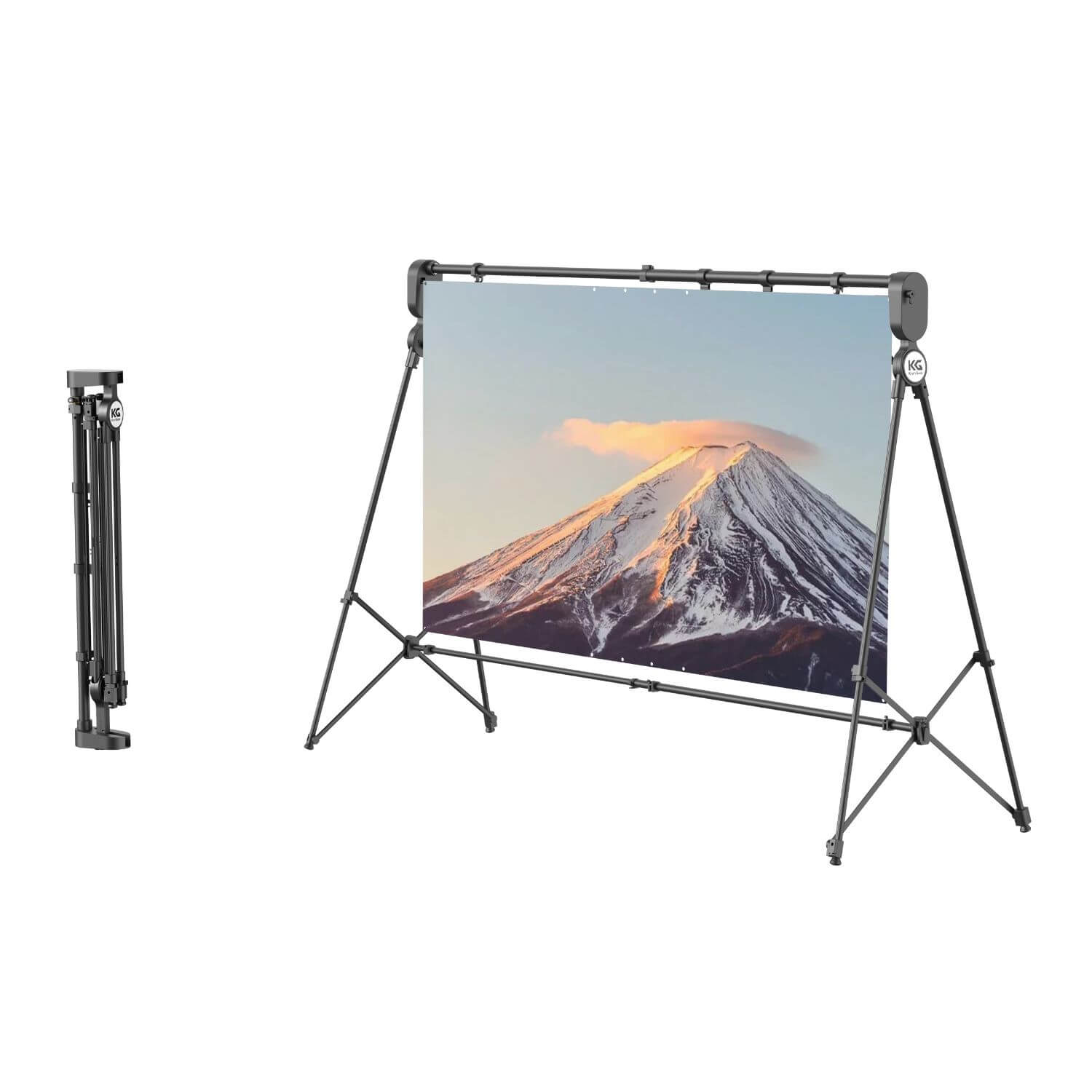Currently, there are different size options in the market that are different in terms of different craftsmanship and materials and it's not easy to select the best one when you have numerous options. Although there are some important aspects and helpful tips to consider when shopping for a beginner violin, there is no experience like the one that is built on finding the right one just for you which leads to a life-long musical endeavor.
Buy or Rent?
Renting a violin for a beginner might be an advantageous option and it can be worth renting it in order to learn if the violin is for you or not and if the violin is what you want to achieve. Renting enables mobility as it gives people the opportunity to experiment with different instruments while avoiding committing to purchasing any.
Moreover, more suitable violins (less than ½ size) for young or small students are another expense-saving rent option as they every time grow. On the other hand, in deciding the longer-term advantages and disadvantages before settling for renting or buying, it is worthwhile.

Although renting gives room for change in the short term, the fact that owning a beginner violin outright is a more cost-efficient option in the long run, especially if you think you may stick to playing the violin in the future, is not something you should overlook. Additionally, buying grants you ownership of the instrument which can be an exceptional way to add your own touch and expression.
Finding the Right Size
Learning to play the violin that is the wrong size is an incredibly awkward experience and may even lead to pain and injury. On the opposite side, a violin that is too short may hinder the player's hand movements to reach specific notes or take the correct hand posture.
Measure the player's arm length and finger reach to determine the right violin size as you look for one. A standard way for sizing is the distance between the player's neck to the wrist, with the arm extended and the palm up. This measurement tells us the perfect violin size to guarantee that the elbows and fingers are placed properly when playing.

One more fact to evaluate is the violin size depending on the player's age and physical development. Smaller children could instead be provided with smaller-sized violins, like 1/4, 1/2, or 3/4, as they might have a shorter arm length or smaller stature than their older peers.
As players develop and grow they may need to size up their violins as they adapt to the changing physical features. Therefore, it is crucial to check and adjust the size of the violin periodically in order to improve its potential to play and ensure comfort.
Craftsmanship and Materials
One of the main things that examines the artistry of the violin is the grade of its construction. Handmade violins are appreciated for the exactitude and highly professional skill that they are invariably associated with and it is also true that they can cost a small fortune. However, more precise machine making further allows to make waver-free beginner and mid-priced violins.
In order to determine quality evaluate signs such as how detailed carving is done on the scroll and how accurately the body and arms are jointed at their intersections. The appearance of a violin that is made carefully will demonstrate the axial symmetry, where the neck and endpin have a perfect match.

For a long time, tonewoods such as Spruce and Maple have been used for the top plate and the back, sides, and neck. The choice of woods is decided for specific acoustic properties. Spruce gives a clear sound while maple contributes to the stability and projection. Tonewoods' quality, including grain pattern and density, also plays a great role in determining the sound profile of the violin.
Consulting the Experts
Violin Teachers
Violin instructors are the most favorite assets for newly started musical career players. These lesson plans can provide individual training based on the skill level, musical objective, and budgetary considerations. A knowledgeable teacher would be able to evaluate your playing level for a violin that matches your present ability while also ensuring enough space for advancement.
Luthiers
The luthiers (the violin makers and repairers) are another great resource for selecting your first violin. These musicians will have extensive knowledge of violin construction and are able to furnish the expertise in craftsmanship, materials, and set-up of different violins. String players can perform adjustments and repairs to make sure your chosen violin is tuned in accordance with your needs and personal preferences eventually.
The Setup Process
Violin Nut Adjustment
One of the fundamental steps is the adjudication of the nut, which is responsible for regulating the instrument's action, or the string height. It is critical that string groove depth is carefully calibrated so as to maintain the balance between string buzz and easy playing. The nut is what makes sure that the strings remain on the same level in conditions of the optimal height above the fingerboard; this will be needed when pressing down the strings and making clear notes.
Selecting The Strings
One more important element in the setup process is the choice of strings for the violin. Even if the steel strings are the most familiar ones, more and more beginners tend to get synthetic core strings as they produce more mellow and responsive tones.
Violin Bridge Fine-Tuning
The setup comprises adjusting the violin's bridge which is key to the transmission of the vibrations of the strings to the body of the instrument. The bridge must be extensively and carefully fitted on the top plate of the violin and get due consideration for having the string spacing and alignment in the correct manner. A well-fitted bridge allows for smooth string crossings and ensures optimal tone production across all strings.
Getting Accessories
Attachments like chin and shoulder rest have a special purpose in that they not only increase the level of comfort but also ensure stability when playing your instrument. The chin rest should be carefully chosen so it fits the player's chin comfortably while the shoulder rest supports the weight of the instrument and helps the player adopt a good posture.
A quick investment in a violin stand, sheet music stand, and music sheet holder can also be done at this step to maintain a comfortable and organized environment for practice.
Hearing It Played
Hearing the instrument being played allows you to assess its tonal qualities, projection, and responsiveness, helping you determine whether it aligns with your preferences and musical aspirations. Here are some tips to consider:
- When listening to a violin being played, pay attention to the clarity and richness of the sound across different registers.
- Listen for any inconsistencies or muddiness in the sound, as these may indicate potential issues with the instrument's construction or setup.
- Consider the instrument's projection and volume when listening to it being played. A violin with good projection will project sound well in both small and large spaces, allowing for effective communication of musical expression.
- Assess the instrument's volume and dynamic range, as these factors can impact its versatility and suitability for different musical genres and performance settings.
- Having someone else listen to the instrument can help validate your impressions and provide reassurance in your decision-making process.
- Inquire about the player's impressions of the instrument, including its playability, comfort, and overall satisfaction
Ensuring Warranty Coverage
The warranty policy should be a fundamental kind of policy that covers the quality of timber and the manufacturing quality of the violin against any structural problems that may arise during the warranty period. Knowing the entirety of the warranty with good care is necessary to recognize what is covered so long as it takes. Concerning the warranties, providers may offer limited protection for a particular period, like one year, while for an additional fee, they offer extended coverage.

When selecting the warranty provider, the brand name, reputation, and reliability of the manufacturer or retailer are the clues that you must watch out for. Mainly most of the highly respected music stores and violin manufacturers have warranty systems with strong policies that make them quickly and professionally action any problems that may occur.
Also, keep in mind offering post-sale assistance and repair services during your search for a beginner violin in terms of your warranty cover. It would be important to have the shop with a highly responsive customer service team and the ability to have ready experienced repair technicians available to deal with any concerns or issues which may be experienced with the instrument.
Product Recommendations
Conclusion
Selecting your first violin is a very important decision that one should make carefully by searching the instrument for its size, craftsmanship quality, warranty, and startup. If given the right instructions and with constant close attention to detail you will be starting a gratifying and enjoyable musical journey with your violin. Your musical journey will be a lifelong one since you will continue improving and in the end, become a much better violinist.










